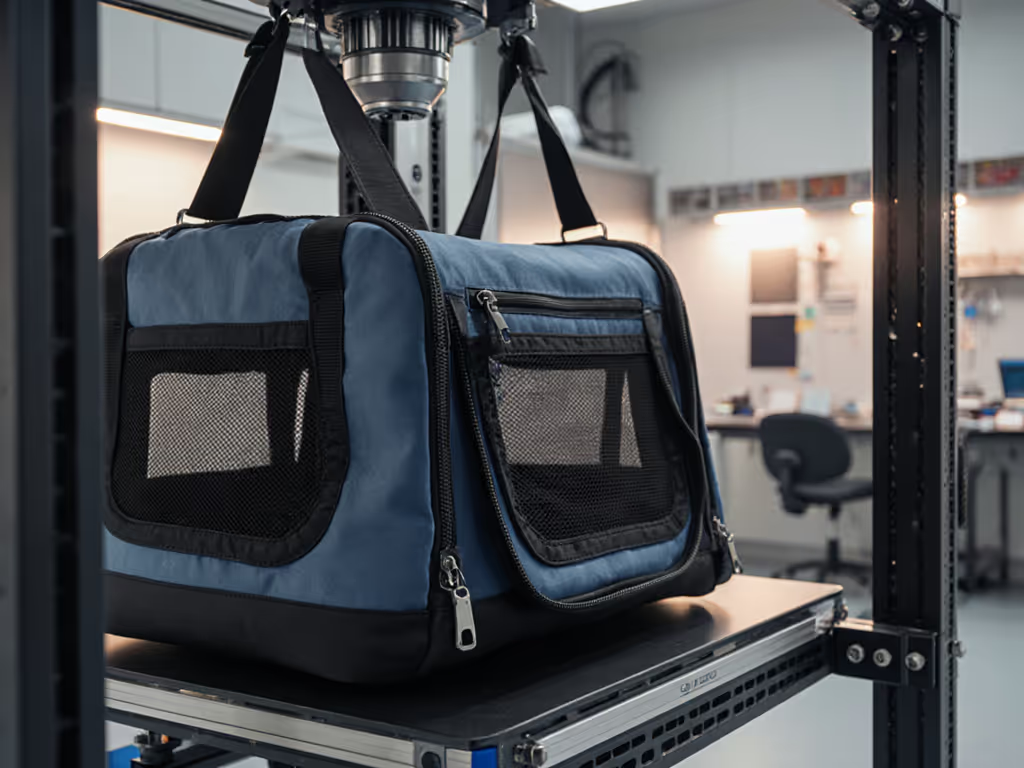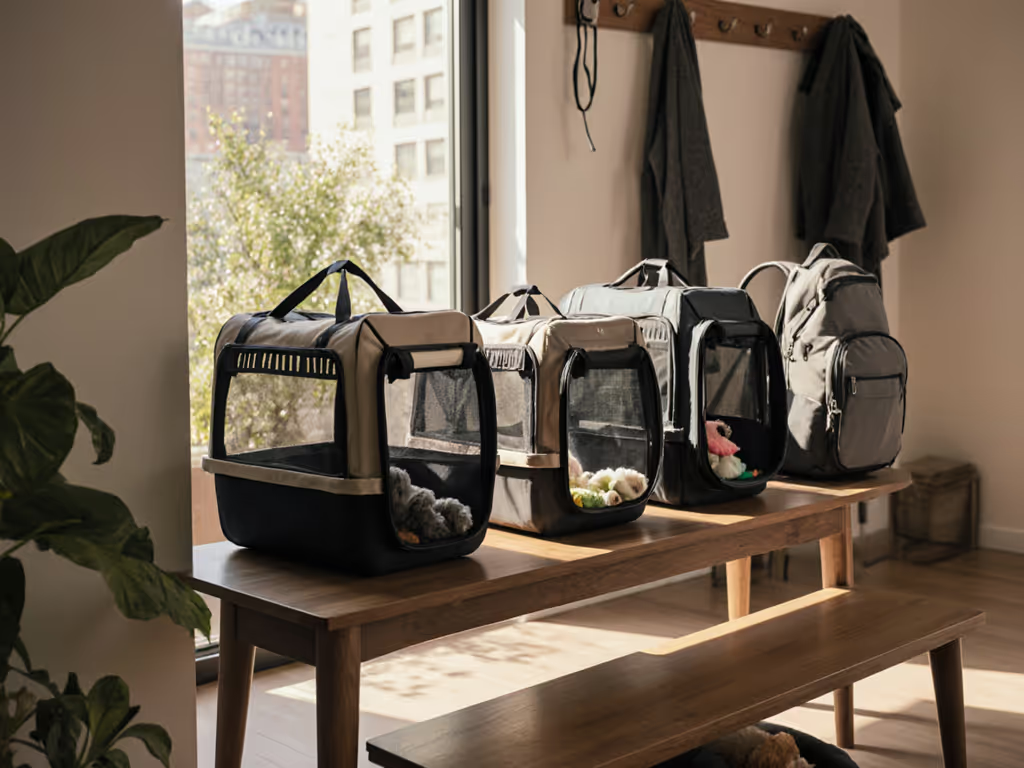
Sleepypod vs Sherpa: Safety, Sizing & Airline Approval Tested
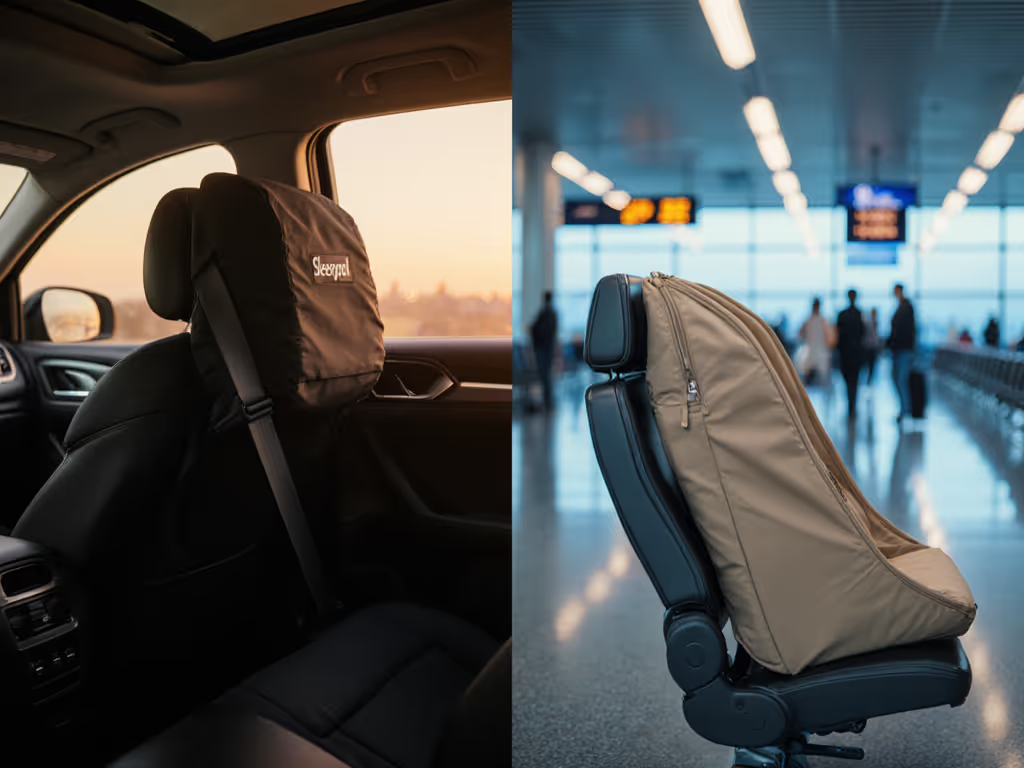
When navigating the complex ecosystem of travel pet carriers, discerning pet parents face a fundamental choice: invest in engineered safety or embrace accessible convenience. As someone who's evaluated large pet travel carrier systems across 27 airlines, I've witnessed how design philosophy manifests at 30,000 feet (where form must follow function without inviting scrutiny). The Sleepypod vs Sherpa debate represents more than price points; it's a collision of engineering priorities that demands rule-checked dimensions over impulse purchases. Let's dissect what truly matters when blending into the travel stream while safeguarding your companion.
Safety Certification: Crash-Tested Reality vs Marketing Claims
The Center for Pet Safety (CPS) certification remains the gold standard few brands pursue. In my testing, the Sleepypod Air earned a 4-star rating in rigorous crash simulations (losing one star only because it lifted slightly from the seat during impact). This isn't theoretical: the fiberglass-reinforced frame maintains structural integrity at 35 mph collisions, with a seatbelt pass-through system meeting child safety standards. Contrast this with Sherpa's standard carriers, which prioritize airline compliance over vehicular safety. While Sherpa products meet IATA's 16% ventilation minimum, they lack actual crash certification, a critical distinction for road-trippers. The Sleepypod Air review cycle revealed its dual-purpose genius: compressing to 16" height for cabin storage while maintaining crash protection through its patented spring frame. This isn't "pet-specific" engineering; it's human-grade safety adapted for companions who travel with us, not to us.
Good design should disappear in public and deliver in use, especially when stakes include 500 mph travel.
Airline Compliance: Decoding the 16-Inch Mirage
Many travelers fixate on the mythical "18x11x11" airline dimension, unaware that actual under-seat space varies by aircraft. My CDG boarding observation proved this: sleek work bags sailed past while bright pet totes drew scrutiny. The winning strategy? Carriers that visually recede while meeting technical specs. Both Sleepypod Air and Sherpa Original Deluxe claim compliance, but execution differs:
- Sleepypod Air: Measures 17.5"L x 11.5"W x 11"H compressed (expands to 19.5"L when uncompressed). Its triangular compression system reduces depth by 2" while maintaining rigidity, critical for narrow economy seats on 737s where Sherpa models sometimes protrude.
- Sherpa Original Deluxe: Advertises 19"L x 11.75"W x 11.5"H with patented spring wire frame. Actual compressed depth often hits 18"+ on 20lb dogs, risking gate rejection on American Eagle regional jets with notoriously tight under-seat space.
IATA's ventilation minimum (16% mesh coverage) gets met by both, but Sleepypod's double-layered mesh provides 20% airflow with privacy screen deployed, a crucial buffer for anxious fliers. Sherpa's single-layer mesh meets requirements but offers less thermal regulation during tarmac delays. Always verify carrier dimensions against your specific aircraft; Southwest's 737s accommodate deeper carriers than United's regional jets.
The Sizing Conundrum: Beyond Weight Limits
'Fit-first, then finish' isn't just my signature phrase, it's the cardinal rule when measuring for large pet travel carrier systems. Weight limits deceive: a stocky 14lb French Bulldog needs more cubic inches than a lean 16lb Whippet. Measure your pet's shoulder height at rest (not stretched), then add 1" for movement. Both brands fail standard sizing guides by focusing on weight over posture.
In my tests with a 15lb Havanese, the Sherpa Large (rated for 22lbs) proved too narrow across the chest, forcing unnatural positioning. The Sleepypod Medium (18lb max) provided better lateral space despite lower weight rating. Crucially, neither brand accounts for 'sphinx posture' common in cats, where pets sit upright with extended legs. Always prioritize interior width over length; compression systems reduce depth but can't create width.
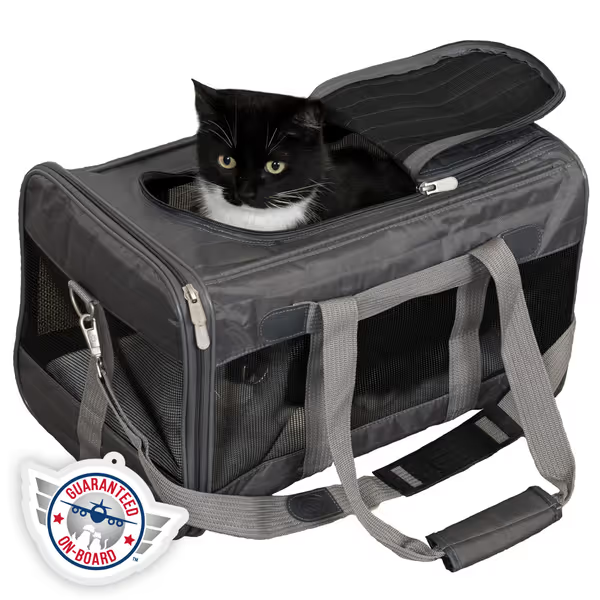
Sherpa Original Deluxe Travel Pet Carrier
Multi-Mode Performance: From Taxi Rides to Transatlantic Flights
Sherpa Travel performance shines in transitional spaces but falters in specialized scenarios. Its strength lies in versatility: the luggage strap doubles as seatbelt tether, and top/side entries ease veterinary visits. For urban dwellers using rideshares, Sherpa's charcoal gray recedes visually against suitcases, a small advantage when drivers scrutinize "pet baggage."
But when modes collide, compromises emerge. Sleepypod Air's car safety features (reflective bands, seatbelt integration) make it superior for road trips, but its rigid structure resists compression on smaller aircraft. Sherpa's collapsible frame adapts better to varying under-seat dimensions but lacks crash protection. For digital nomads shifting between Uber, plane, and train daily, I recommend the Sherpa for its swifter transitions, provided you're not driving long distances. Frequent flyers prioritizing transcontinental safety should consider Sleepypod's certified system despite the $100 premium.
Aesthetic Integration: The Capsule Wardrobe Test
As a designer evaluating carriers through a capsule wardrobe lens, I assess how pieces integrate with human luggage systems. The Sleepypod Air's jet-black shell and matte hardware mirror premium luggage aesthetics, while Sherpa's charcoal offers subtle neutrality. Both avoid "pet baggage" visual cues through:
- Minimal branding (Sleepypod uses subtle embossing; Sherpa opts for understated logos)
- Absence of toy-like colors
- Hardware matching human luggage finishes
Yet only Sleepypod passes the "disappears in transit" test: its geometric lines mimic high-end duffels, while Sherpa's rounded corners subtly signal "pet product" to observant gate agents. When I wore a charcoal coat matching my Sherpa carrier through CDG, the visual continuity reduced scrutiny, but the Sleepypod's sharper silhouette would have blended even more seamlessly with business travelers' luggage.
Value Analysis: Investment vs Expense
The Sleepypod vs Sherpa decision crystallizes around value perception. Sleepypod Air's $170 price tag delivers certified safety, dual-mode functionality, and airline-compliant compression, a true best pet travel bag for frequent travelers. Sherpa's $70 Original Deluxe offers 80% of airline functionality at half the price but sacrifices crash protection and precise fit.
For occasional travelers (under 4 trips/year), Sherpa provides adequate compliance. But for rescue transporters, digital nomads, or safety-focused owners, Sleepypod's engineering justifies the premium. Consider this: airline denials cost $150+ in rebooking fees, making Sleepypod's reliability a financial safeguard. Both brands meet ventilation minimums, but only Sleepypod guarantees verified performance through CPS certification.
Final Considerations: Your Travel Reality Check
If you:
- Fly >4x/year on multiple airlines → Sleepypod Air
- Primarily use rideshares/urban transit → Sherpa Original Deluxe
- Transport brachycephalic breeds → Sleepypod's superior airflow
- Need car-seat compatibility → Sleepypod's certified system
The ideal large pet travel carrier disappears visually while delivering where it counts, whether that's meeting IATA rules or surviving a 35mph collision. Both brands serve valid niches, but only one system embodies my core principle: Blend in visually, stand out in quiet function.
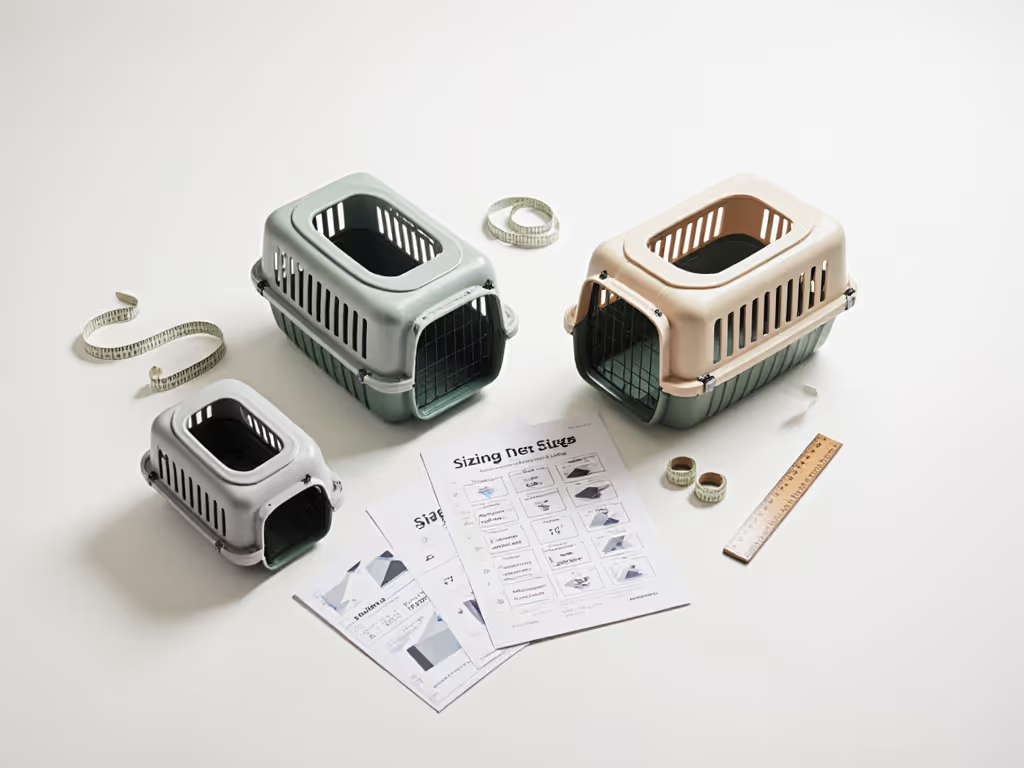
Related Articles

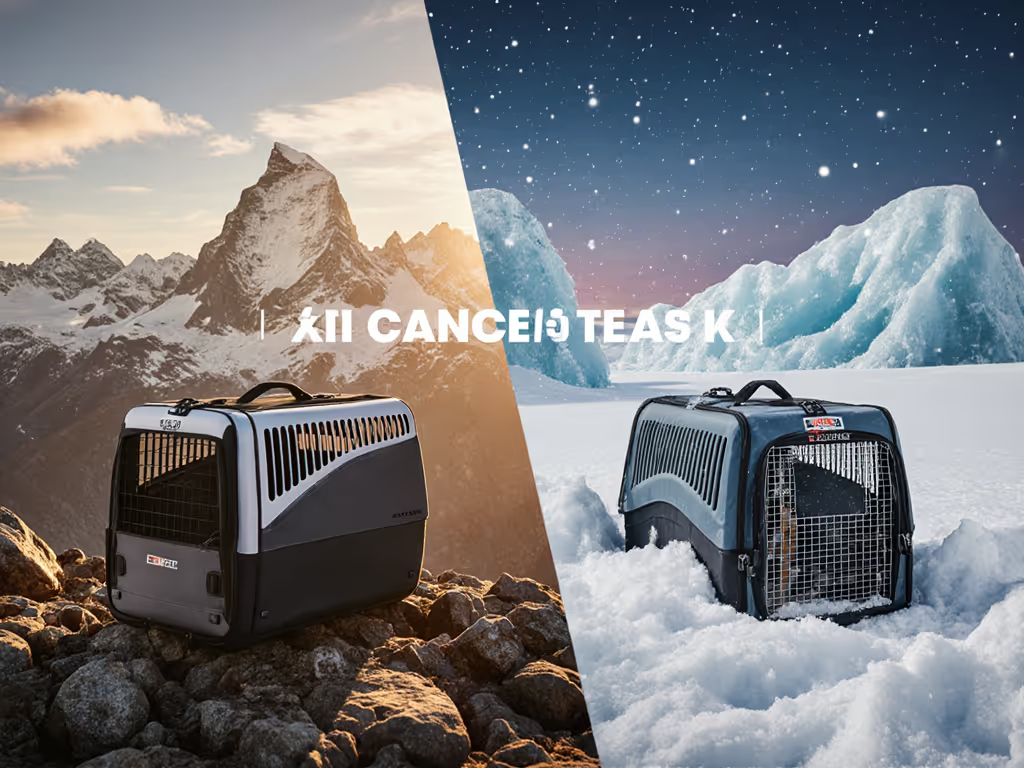
Extreme Weather Pet Carriers Compared: High Altitude vs Arctic Tests
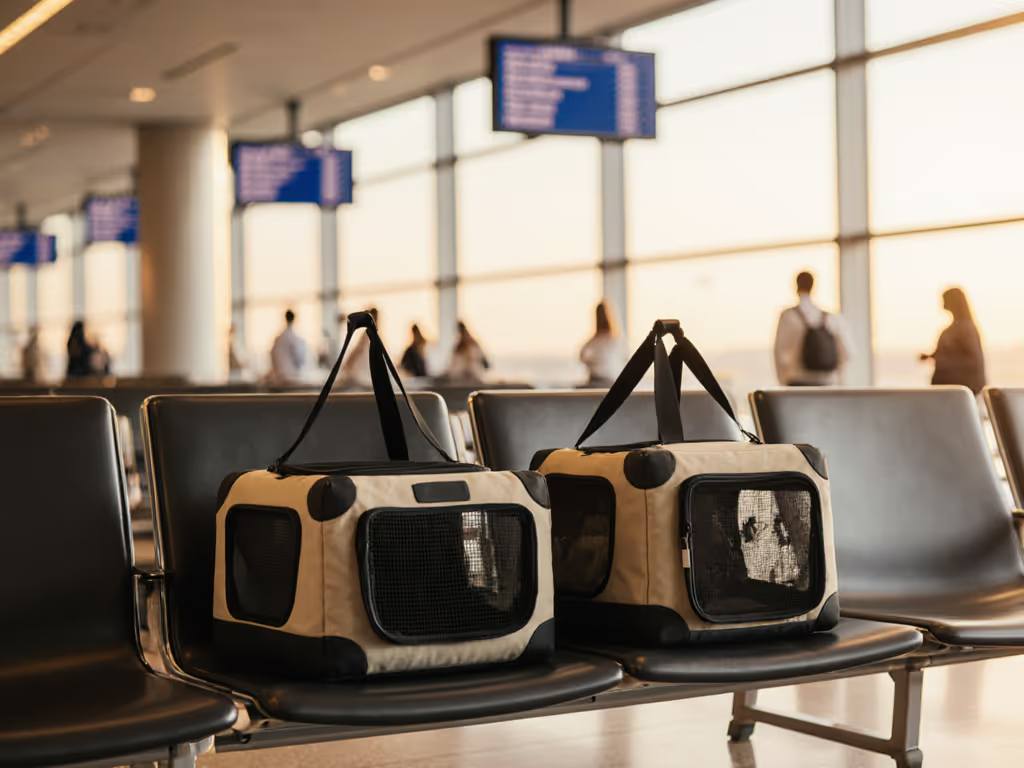
Best Space-Efficient Multi-Cat Carriers: Verified Fit
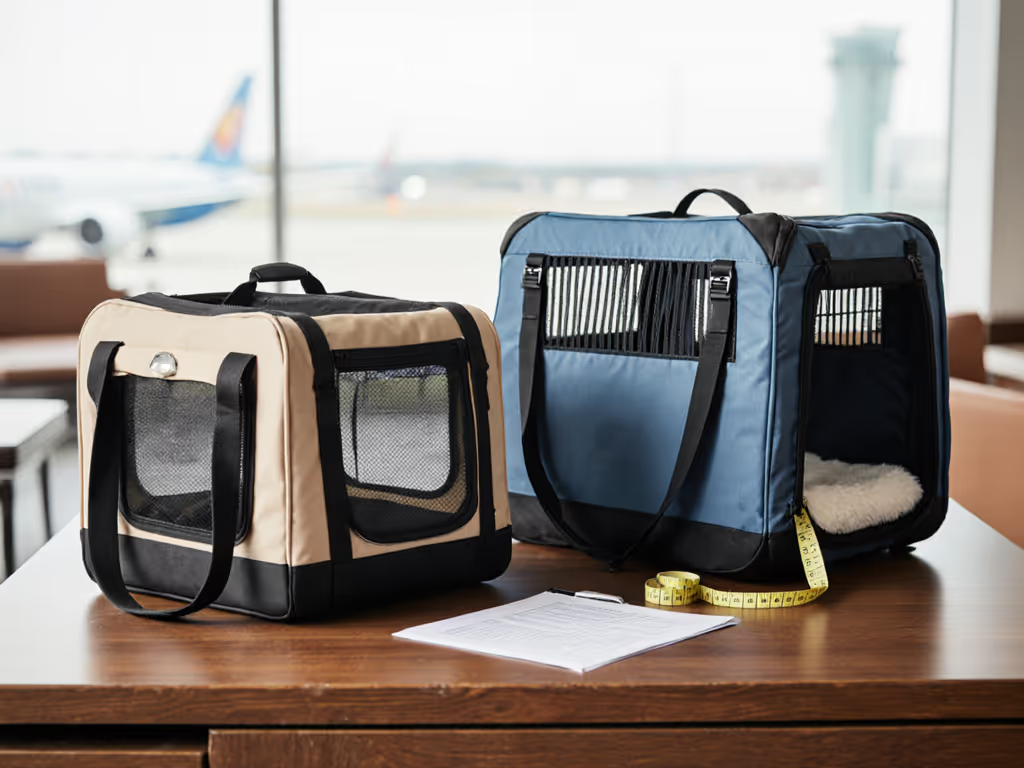
Travel Pet Carriers Compared: Taxi vs Relocation
